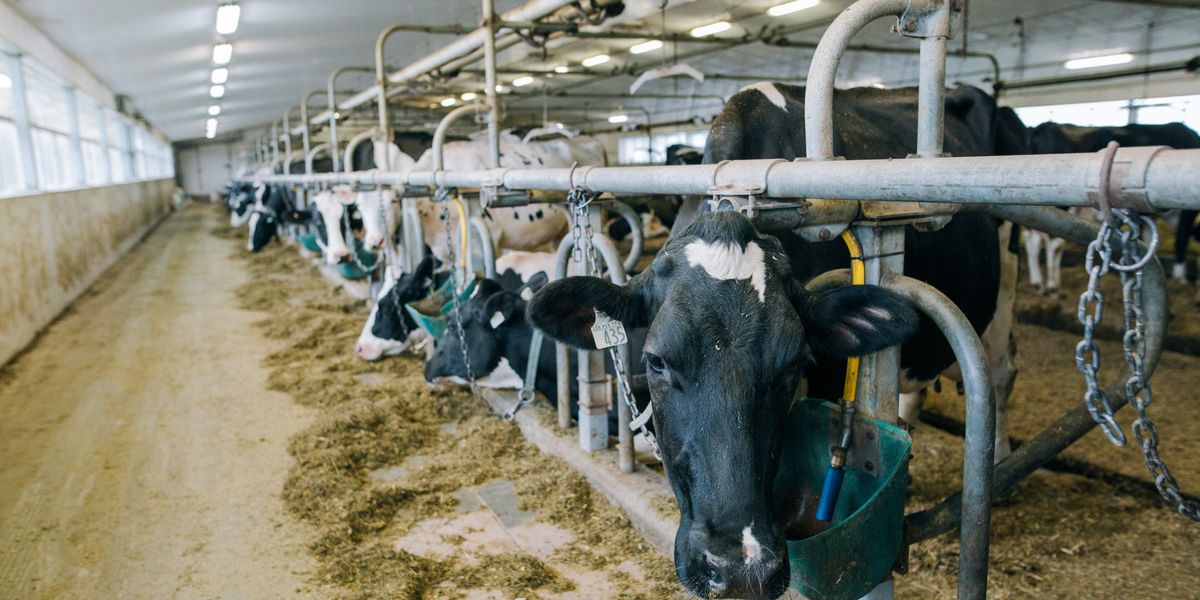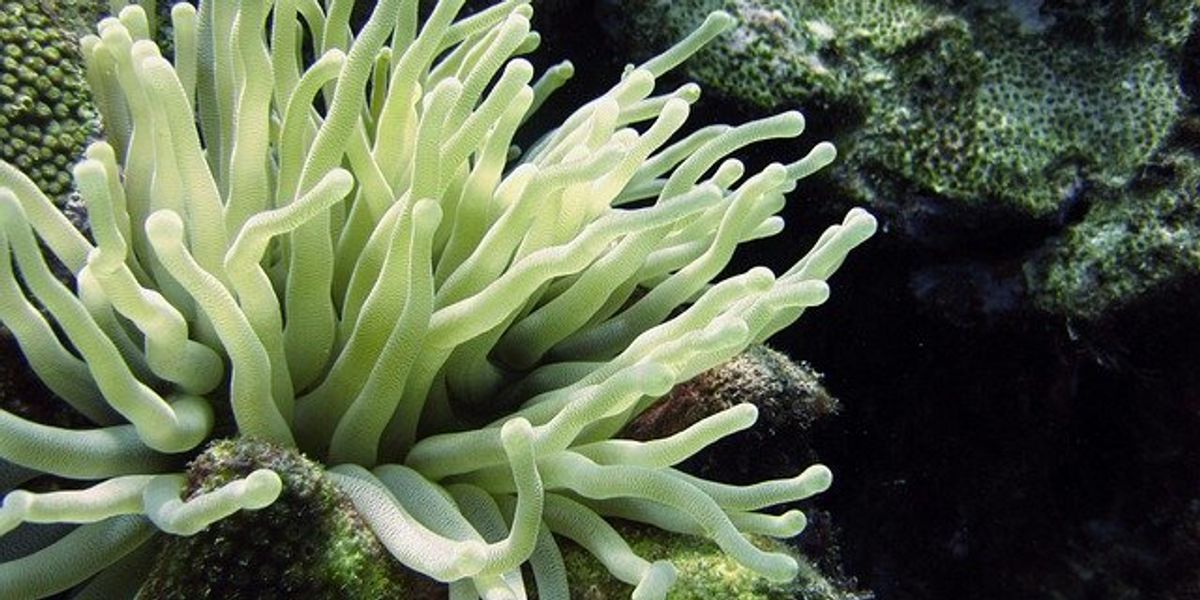nutrient pollution
Farm to Trouble series: Farming practices contribute to persistent Gulf of Mexico "dead zone"
One year away from the deadline to reduce farm runoff into the Gulf of Mexico by 20%, the goal remains out of reach.
In short:
- Fertilizer runoff from Midwest farms flows into the Mississippi River, creating a "dead zone" in the Gulf of Mexico and affecting drinking water upstream.
- Despite over 25 years of federal efforts and billions in funding, targets for reducing runoff are far from being met.
- The "Farm to Trouble" series explores potential solutions and examines the ongoing impact of agricultural runoff on the environment.
Why this matters:
Unchecked agricultural runoff degrades water quality, harms marine ecosystems and poses risks to human health. The health of the Gulf of Mexico’s ecosystem is at stake, affecting marine biodiversity and the livelihoods of communities dependent on fishing and tourism. The persistent pollution contributes to broader environmental concerns, such as water quality issues and the resilience of coastal ecosystems against climate change.
Lough Neagh: The year the UK's largest lake turned green
Human-driven climate change to amplify risk of toxin concentration in U.S. lakes
Can the latest $10 million in EPA grants make a difference in achieving Chesapeake Bay restoration goals?
Environmental advocates welcomed the latest funding but said restoration of the bay depends even more upon enforcement of the Clean Water Act and better management of excess nutrients from agricultural runoff and stormwater.
Accepting leadership gavel, Maryland governor vows new approach toward Bay
Taking the helm of the policy-making body overseeing the Chesapeake Bay restoration effort, Maryland Gov. Wes Moore called for the federal government and states in the Bay region to dramatically redefine the focus and goals of the 40-year-old partnership.



















